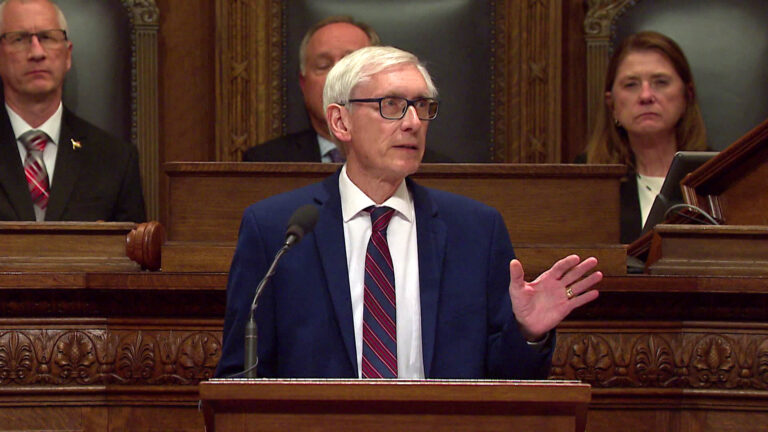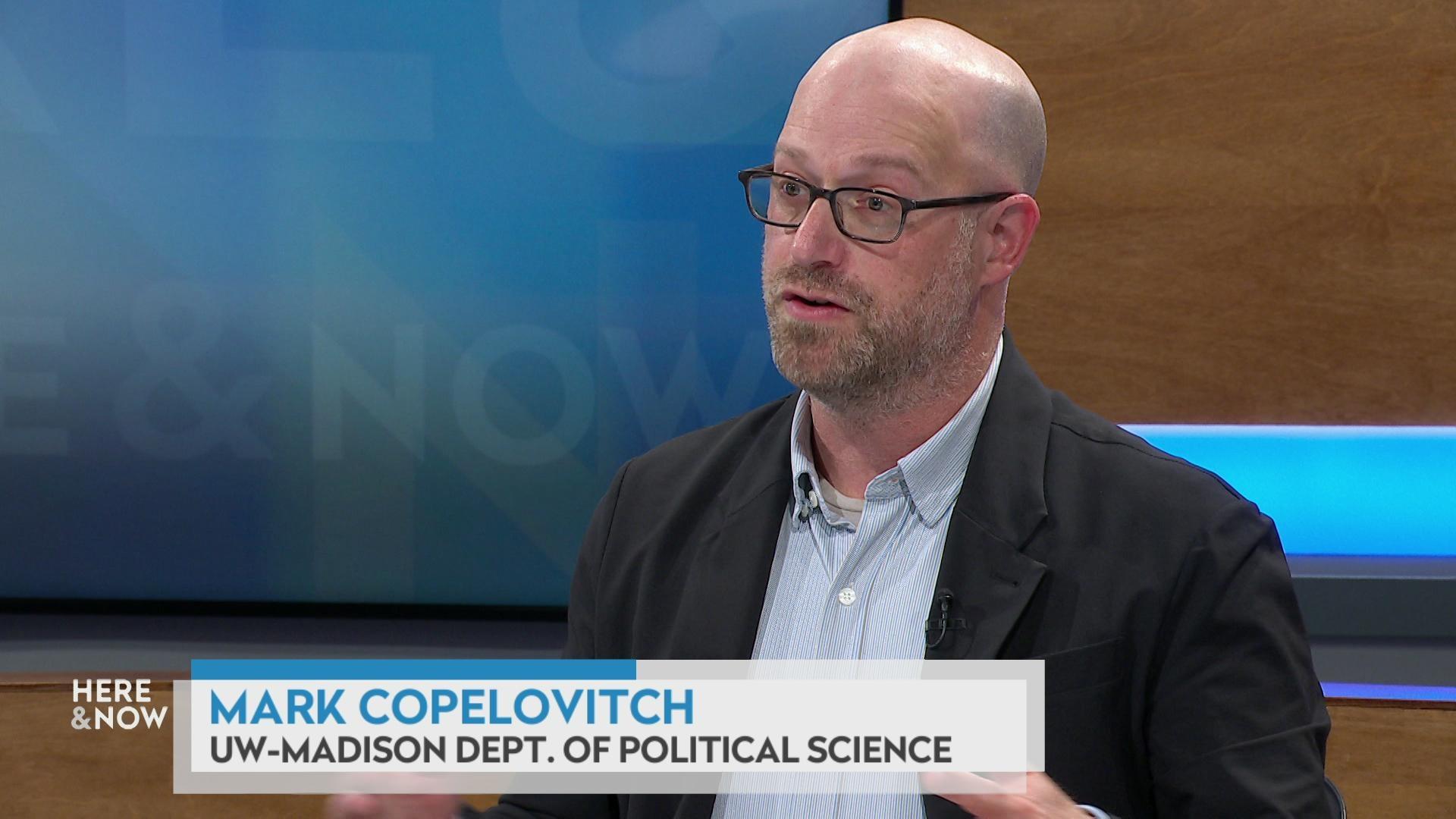Frederica Freyberg:
To health news and proof that a number one ranking is not always a good thing. A survey released this week in U.S.A. Today ranks Wisconsin as the number one drunkest state in the nation. The study examines excessive drinking, which according to the CDC, is defined as four or more drinks on a single occasion for women and five or more for men. The CDC reports that 18% of American adults regularly consume unhealthy amounts of alcohol. In Wisconsin, that number is 26.2%. It’s no wonder that seven of the top ten drunkest cities in the U.S. are in Wisconsin, including the top four. Green Bay is the nation’s hardest-drinking city, where the excessive drinking rate tops even the state average at 26.5%. Eau Claire is the second hardest-drinking city in the country, with a 26.2% excessive drinking rate. Appleton comes in at number three, also with 26.2%. Some explain Madisons number four ranking due to a large college population. The Madison rate is 25.9%. Wisconsin gets a reprieve at the number five slot. That’s reserved for Fargo, North Dakota, which overdrinks at a 25.2% rate. Oshkosh brings Wisconsin back to the mix at number six. That’s where 24.5% are excessive drinkers. The number seven and eight drunkest places are Missoula, Montana and Grand Forks, North Dakota. The top ten is rounded out with Wisconsin cities, Wausau at number nine and La Crosse at number ten. Year after year, Wisconsin takes the lead in binge drinking. The popular explanation? Everything from our history of beer-making to lax drunk driving laws and number of bars and liquor licenses, even allowing children to drink in bars with their parents’ permission. But what do the experts say causes Wisconsinites to drink to excess to the extent that no other state keeps pace? We talk with Jim Pearson, clinical team leader at Journey Mental Health in Madison, a service provider in Dane County. Thanks very much for being here.
Jim Pearson:
Thank you for inviting me.
Frederica Freyberg:
So when you see these numbers again, what’s your reaction?
Jim Pearson:
Well, I think it points to, again, just acceptance and a culture in Wisconsin that fun equals drinking. You see in many of the festivals that happen in Wisconsin and especially in college towns, where it just becomes synonymous. If you’re going to do something on a weekend, alcohol is involved.
Frederica Freyberg:
What are your thoughts on whether or not there’s kind of a connection to our brewery culture going way back to the 1800s and our drinking behavior?
Jim Pearson:
Well, that has been a story Wisconsin has told itself for a number of years. And so it doesn’t matter how true it is or not at this point. It just exists. And because of that, there is just a long-term connection to that that many people just accept that it’s fact.
Frederica Freyberg:
I was reading that some ten years ago, that UW had a hefty grant from the CDC to help curb binge drinking. Why don’t these efforts work?
Jim Pearson:
Well, I don’t know exactly where that grant money went to, but I can say that if you actually look at the stats, that binge drinking among high school students has actually declined, but among adults it has increased, and that’s concerning because those are the individuals that are most likely to be on the road and putting us and others at risk when they are doing that.
Frederica Freyberg:
What can be done in your estimation?
Jim Pearson:
Many of the efforts that they started, and maybe it was even that grant that helped promote it initially, was trying to promote research that said that if we increase alcohol taxes, that that can have a significant impact. And other states have done this, which is why Wisconsin remains on the top of these lists. And beer tax has not changed since 1969. So next year will be 50 years of no change to that excise tax. And other states are just surpassing us in this and actually taking concrete, research-based steps that can have an impact.
Frederica Freyberg:
Now, in your practice is alcohol the most prevalent addiction even as this state, as others do, are grappling with opioids?
Jim Pearson:
Well, Journey has been around for 70 years. It has 28 different programs. If we look at the spectrum of all those programs, yes, alcohol is probably the number one that people are most struggling with in their use.
Frederica Freyberg:
And yet you suggested, too, that there’s kind of a relationship between people trying to get off opioids and then entering back into the culture of drinking in Wisconsin. What is that?
Jim Pearson:
Yeah. You can imagine. So in our drug court program, over 90% present with an opioid use disorder and we’re successful at connecting them to treatment and getting them really started in their recovery. But living in a culture such as Wisconsin, where drinking is just a part of everything, they really do struggle with that connection of now I need to address my alcohol use. Or maybe I can have a drink. They just question that. And it starts out maybe they can at the beginning. But as their drinking progresses and leads to poor choices or decisions they later regret, they run back right into their opioid addiction. And unfortunately we hear that time and time again. In our program we do our best to catch it early and address it. But then they have to come to some acceptance of that themselves, too.
Frederica Freyberg:
Okay. Jim Pearson, thanks very much.
Jim Pearson:
Thank you very much for your time.
Search Episodes

Donate to sign up. Activate and sign in to Passport. It's that easy to help PBS Wisconsin serve your community through media that educates, inspires, and entertains.
Make your membership gift today
Only for new users: Activate Passport using your code or email address
Already a member?
Look up my account
Need some help? Go to FAQ or visit PBS Passport Help
Need help accessing PBS Wisconsin anywhere?

Online Access | Platform & Device Access | Cable or Satellite Access | Over-The-Air Access
Visit Access Guide
Need help accessing PBS Wisconsin anywhere?

Visit Our
Live TV Access Guide
Online AccessPlatform & Device Access
Cable or Satellite Access
Over-The-Air Access
Visit Access Guide
 Passport
Passport


















Follow Us